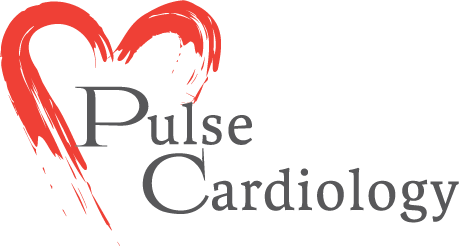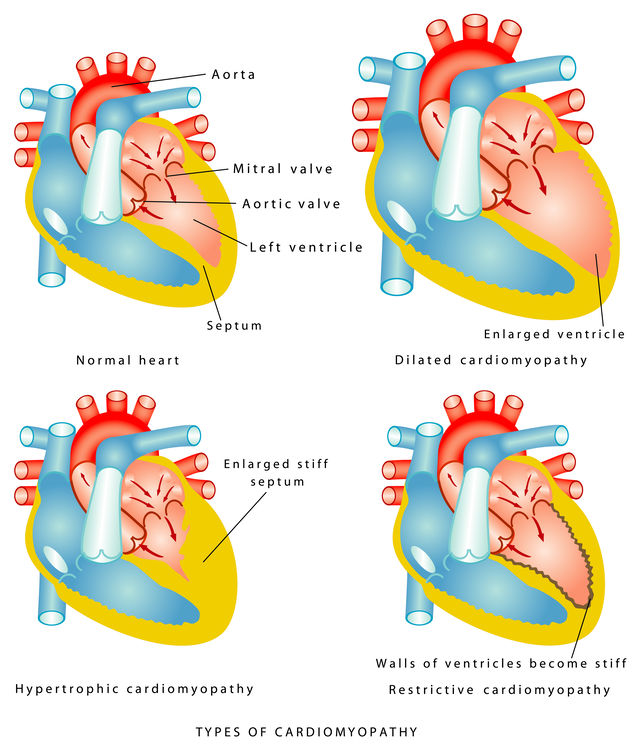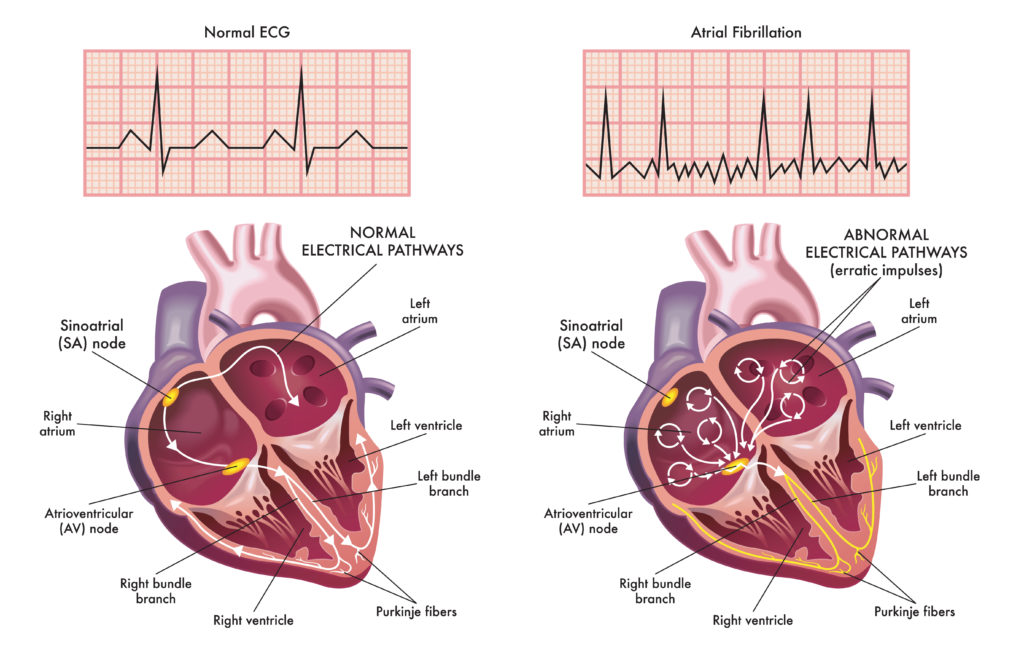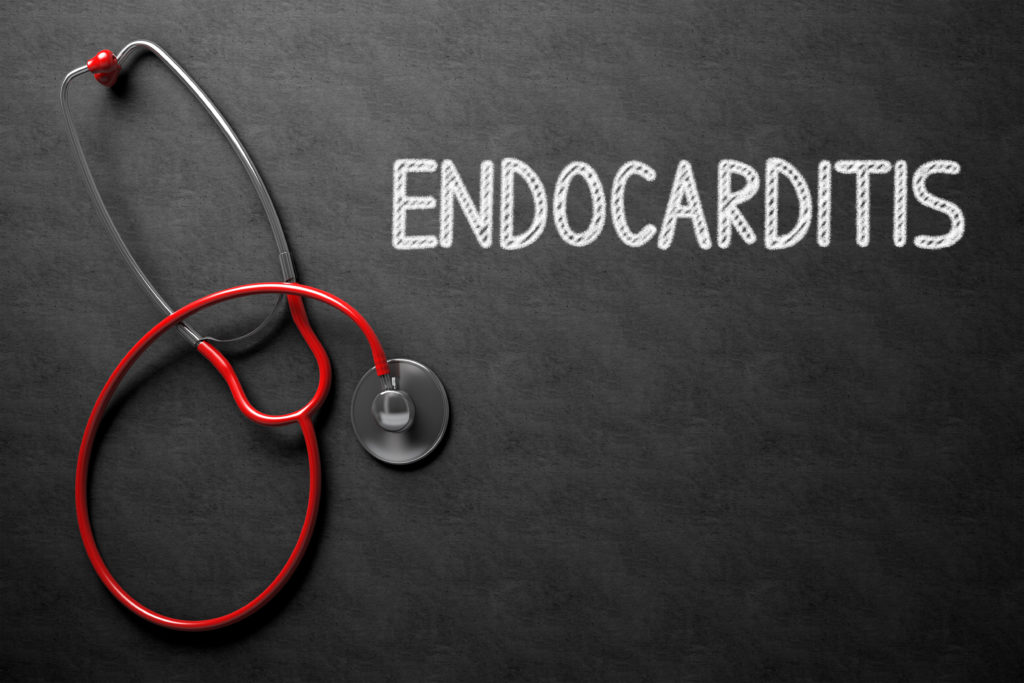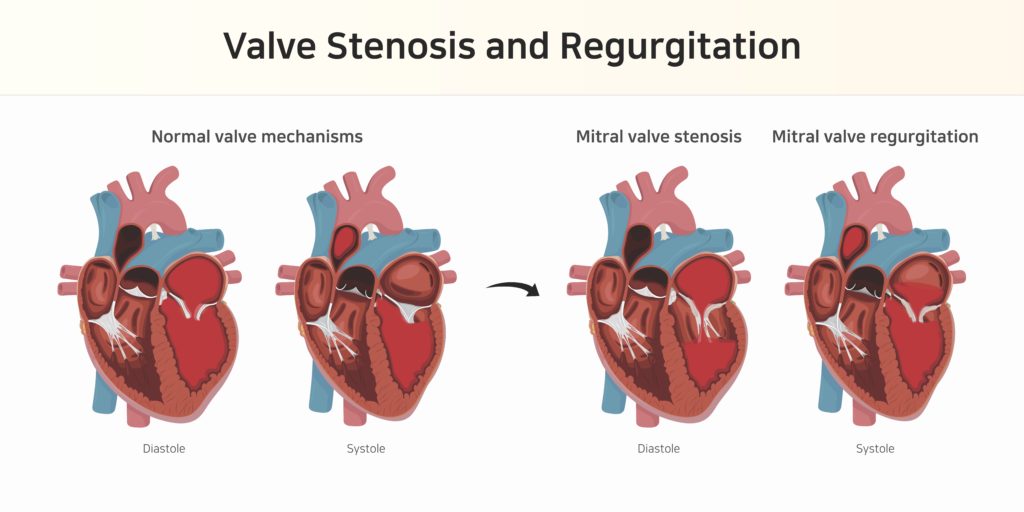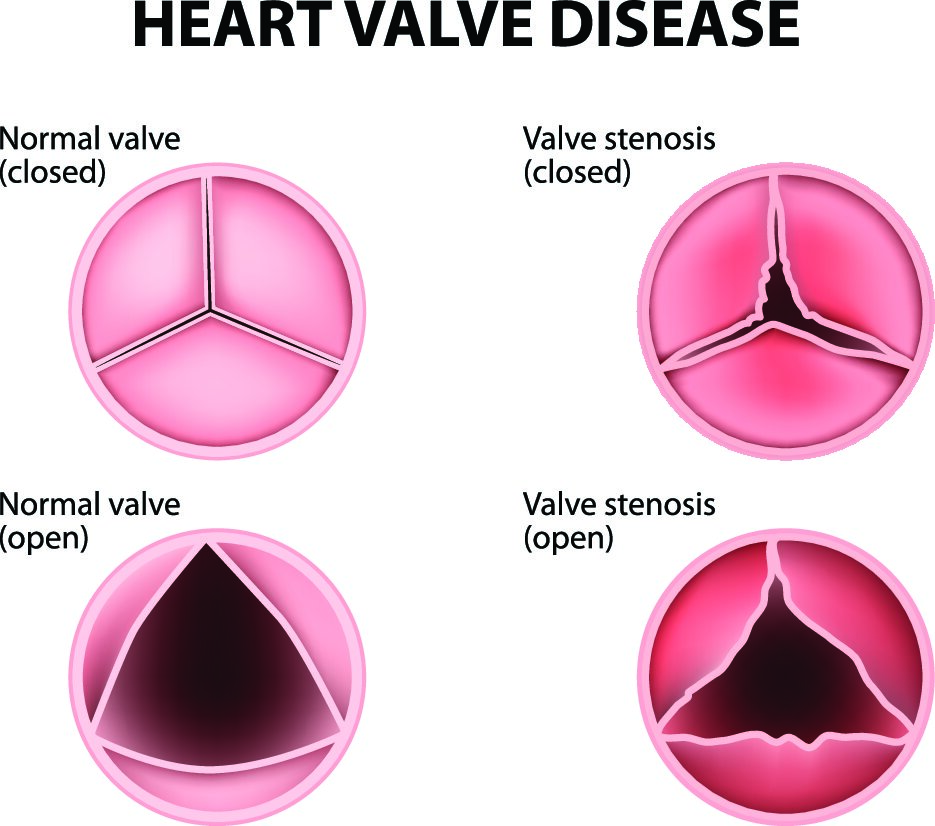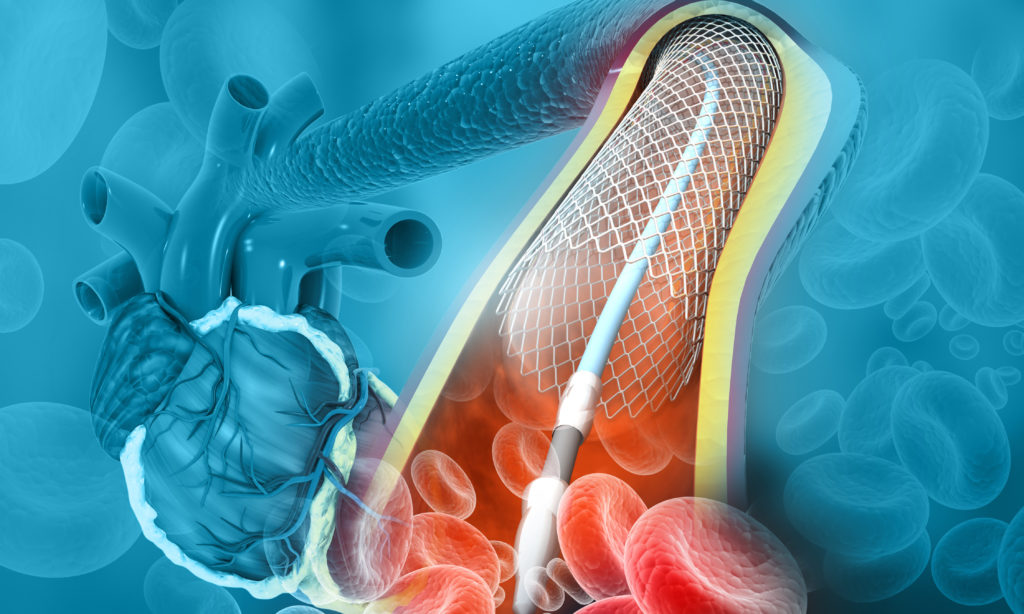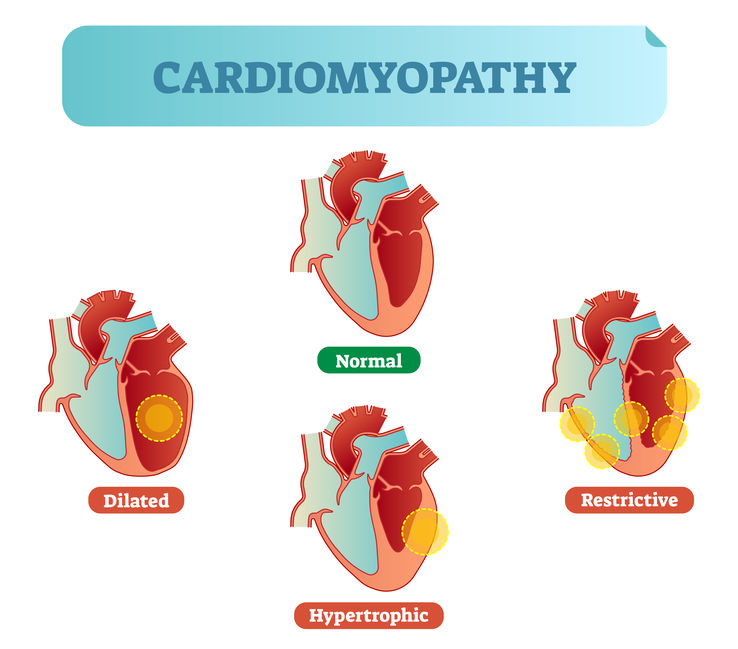The Importance of Triglycerides
What are Triglycerides
Our body is made up of many complex components. We keep on hearing about different types of fats, such as saturated and unsaturated. Well, to simplify what it is, triglycerides are the most common type of fat found in the blood which is generated after the food which we eat gets broken down. Triglycerides are fats in the body that are used by blood to give energy to the body.
It is essential to understand the importance of triglycerides and how it can potentially harm your health if not taken care of. It is vital to note that high triglyceride levels may increase the risk of heart disease leading to conditions, such as a heart attack. The optimum triglyceride levels for each person depends on each persons’ lifestyle, physical routine, and body type. However, triglycerides are needed for the human body as this is the fat that provides the energy for its normal function.
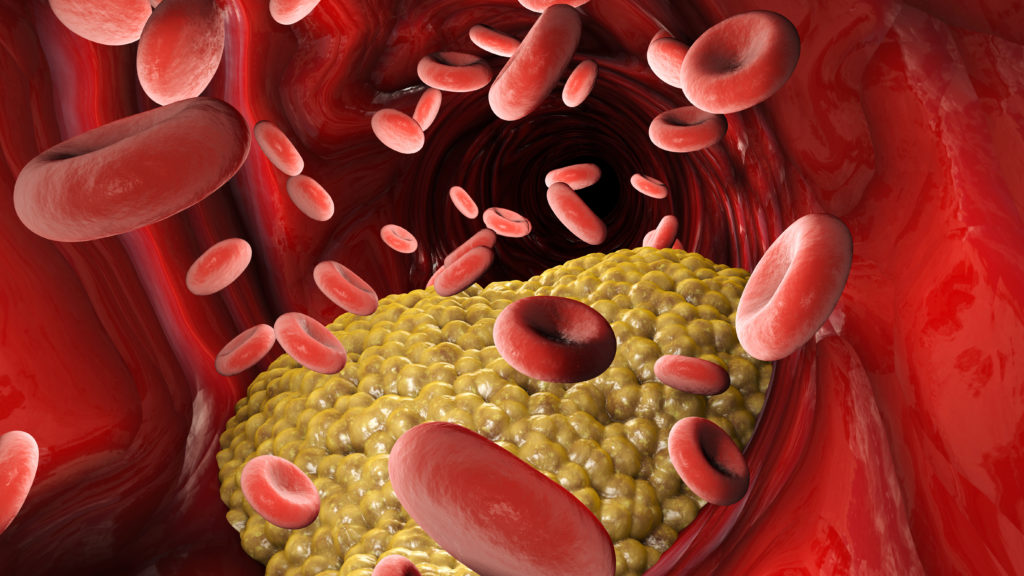
As for each cholesterol levels, it has to be made sure that proper triglyceride levels are maintained in the body. High triglycerides can certainly lead to heart problems. To check triglyceride levels in the body, a Lipid Profile test will need to be done. By having lipid profile testing completed, one gets checked for triglyceride level, total cholesterol level, HDL cholesterol (known as good cholesterol) and LDL cholesterol (known as bad cholesterol). This test can help in ascertaining the proper triglyceride levels, as well as cholesterol levels, needed for a healthy body function.
Click here to learn more about triglycerides and its affect on the heart
Conclusion
It is very important to ensure a nutritious diet to maintain good health. As we know, triglycerides are fats which we find in foods, such as sugar, butter, oil, potatoes, pastas, and all items which are high in fat content. In order to maintain the balance in the body, we should have a proper balanced diet. Our daily meals should not only contain fats, but should have a proper balance of protein and carbohydrates (Macro-nutrients). If ones’ body is not able to maintain the proper balance, then one should seek advice of a medical professional for assistance. It is critical to keep in mind, an effective diet plan and proper exercise can improve triglyceride levels.
